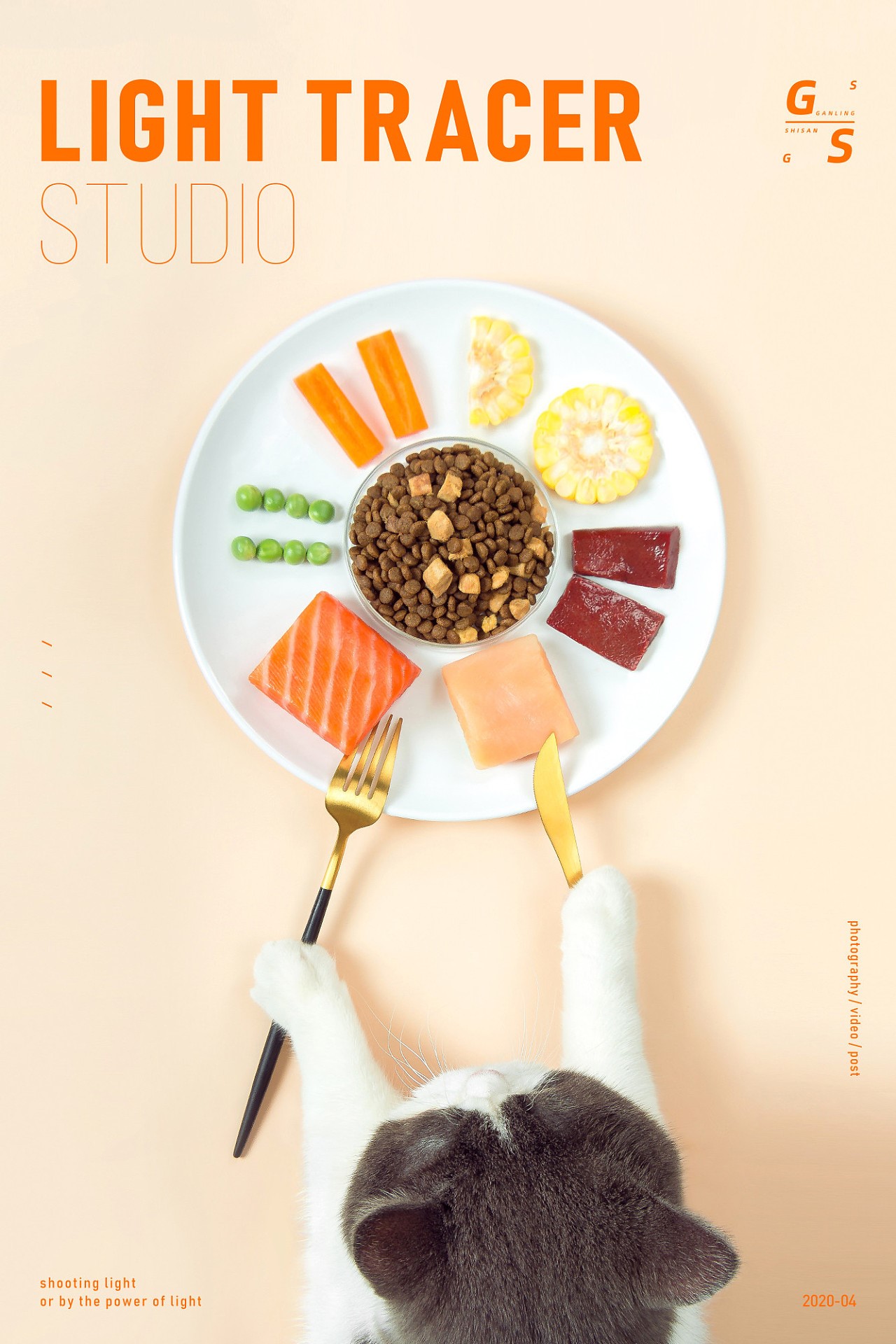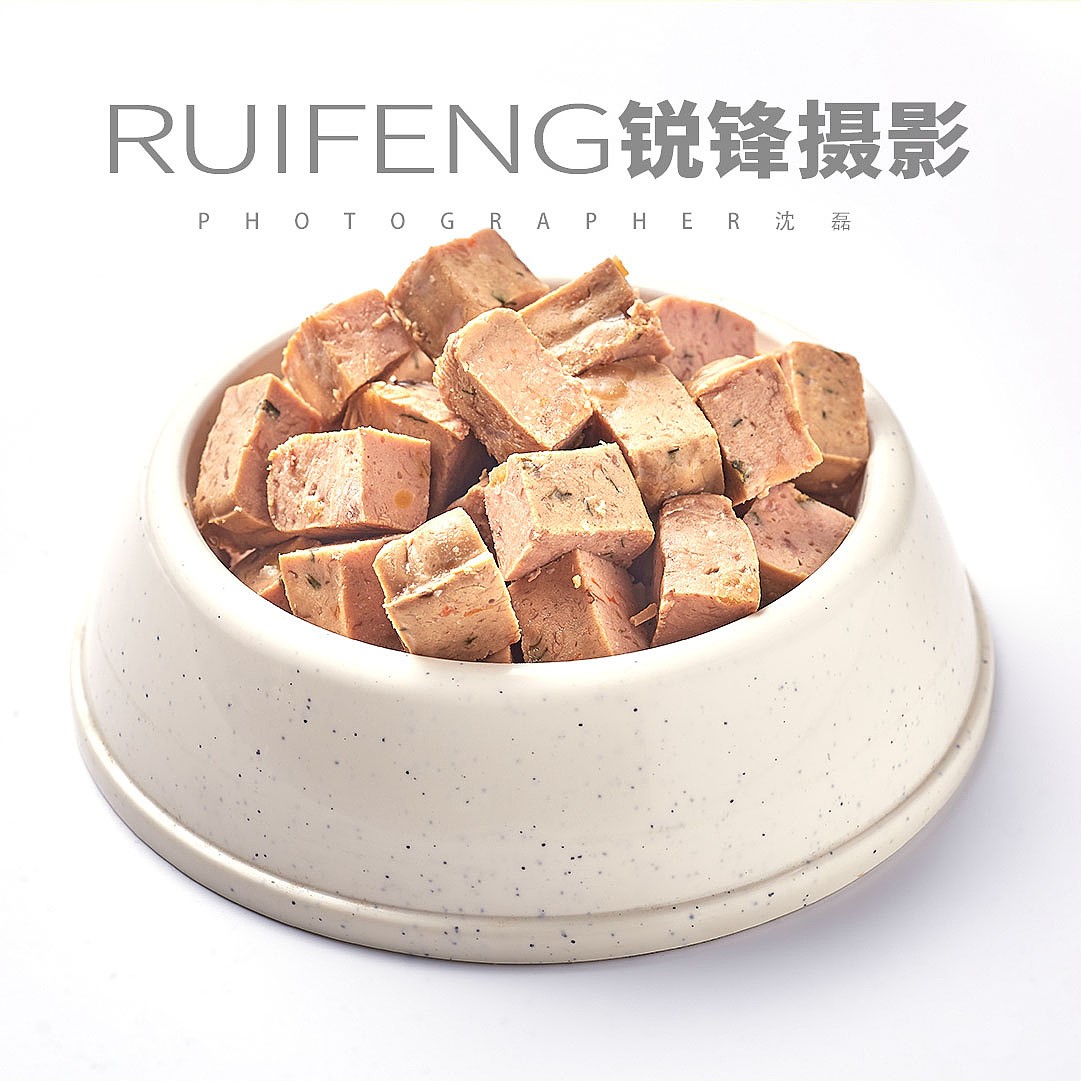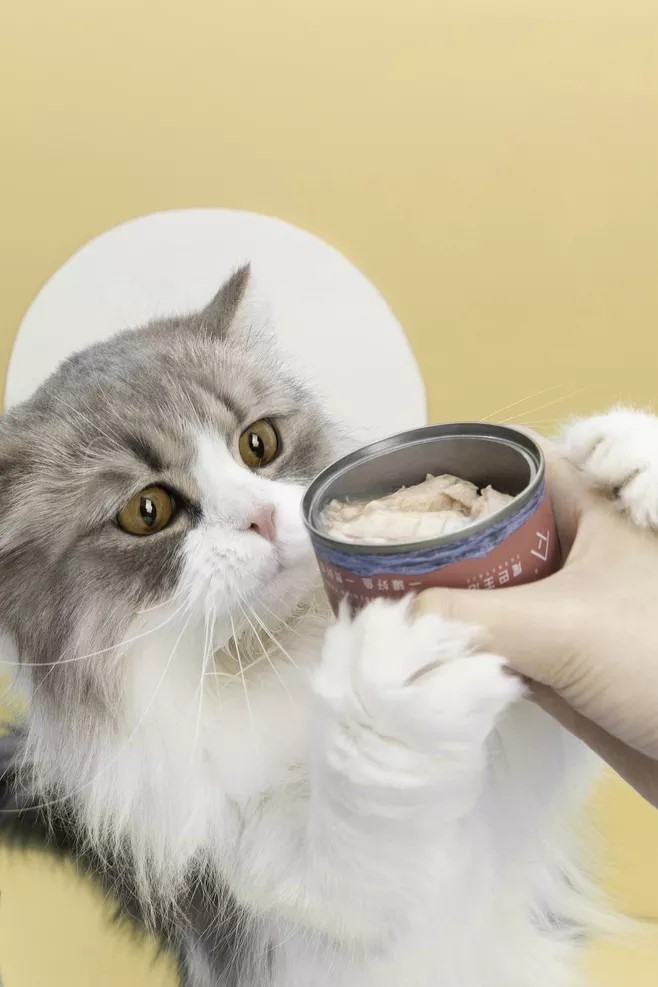Classification according to processing method, preservation method and moisture content is one of the most widely used classification methods in pet food.
According to this method, food can be divided into dry pet food, canned pet food and wet pet food. Another way is to classify the food according to its quality and market sales pattern. Pet food can be divided into common pet food and popular pet food.
dry pet food
The most common type of pet food that pet owners buy is dry pet food. These foods contain 6% to 12% moisture and >88% dry matter.
Grits, biscuits, powders, and puffed foods are all dry pet foods, the most popular of which are puffed (extruded) foods. The most common ingredient compositions in dry pet food are protein meals of plant and animal origin, such as corn gluten meal, soybean meal, chicken and meat meals and their by-products, and fresh animal protein feeds. The carbohydrate sources are unprocessed grains or grain by-products such as corn, wheat and rice; the fat sources are animal fats or vegetable oils.
To ensure that the food is more homogenous and complete during the mixing process, vitamins and minerals can be added during mixing. Most of today’s pet dry food is processed by extrusion. Extrusion is an instantaneous high temperature process that cooks, shapes and puffs the grain while gelatinizing the protein. High temperature, high pressure, and the effect of expansion and starch gelatinization after forming are the best. In addition, high temperature treatment can also be used as a sterilization technique to eliminate pathogenic microorganisms. The extruded diet is then dried, cooled and packaged. Also, the use of fats and their extruded dry or liquid degradation products can optionally be used to enhance the palatability of the food.
The process of producing dog biscuits and cat and dog grits requires a baking process. This process involves mixing all the ingredients together to form a homogeneous dough, which is then baked. When making pet biscuits, the dough can be shaped or cut into the desired shape, and the baked biscuits are more like cookies or crackers. In the production of coarse-grained cat and dog food, workers spread the dough on a large baking pan, bake it, break it down into small pieces after cooling, and pack it.
Dry pet foods vary widely in nutritional composition, ingredient composition, processing methods, and appearance. What they have in common is that the water content is relatively low, but the protein content varies from 12% to 30%; and the fat content is 6% to 25%. Parameters such as ingredient composition, nutrient content and energy concentration must be considered when evaluating different dry foods.
semi-moist pet food
The popularity of semi-moist pet food has declined in recent years. The moisture content of these foods is 15% to 30%, and the main raw materials are fresh or frozen animal tissues, grains, fats and simple sugars. It has a softer texture than dry foods, which makes it more acceptable to animals and improves palatability. Like dry foods, most semi-moist foods are extruded during their processing.
Depending on the composition of the ingredients, the food can be steamed before extrusion. There are also some special requirements for the production of semi-moist food. Due to the high water content of semi-moist food, other ingredients must be added to prevent the product from spoiling.
To fix the moisture in the product so that it cannot be used by bacteria to grow, sugar, corn syrup and salt are added to semi-moist pet food. Many semi-moist pet foods contain high amounts of simple sugars, which help improve their palatability and digestibility. Preservatives such as potassium sorbate prevent the growth of yeast and mold and therefore provide further protection to the product. Small amounts of organic acids can lower the pH of the product and can also be used to prevent bacterial growth. Because the odor of semi-moist food is generally smaller than that of canned food, and individual packaging is more convenient, it is favored by some pet owners.
Semi-moist pet food does not require refrigeration before opening and has a relatively long shelf life. When compared on a dry matter weight basis, the price of semi-moist foods is usually between dry and canned foods.
Canned pet food
The canning process is a high-temperature cooking process. The various raw materials are mixed, cooked and packed into hot metal cans with lids and cooked at 110-132°C for 15-25 minutes depending on the type of can and container. Canned pet food retains 84% of its moisture. The high water content makes canned products very palatable, which is attractive to consumers who feed overly fussy pets, but also more expensive due to their higher processing costs.
There are two types of canned pet food: one that provides balanced nutrition at a full price; the other that is only used as a dietary supplement or only for medical purposes in the form of canned meat or meat by-products. Full-priced, balanced canned foods may contain a variety of raw materials, such as lean meat, poultry or fish by-products, grains, extruded vegetable protein, and vitamins and minerals; some may contain only one or two types of lean meat or animal by-products , and add enough vitamin and mineral additives to ensure a comprehensive diet. The second category of canned pet food is often those canned meat products that consist of the meats listed above, but do not contain vitamin or mineral additives. This food is not formulated to provide complete nutrition and is intended to be used only as a supplement to a full-priced, balanced diet or for medical purposes.
Post time: May-09-2022





